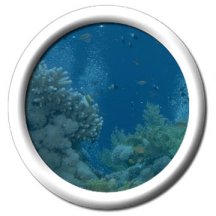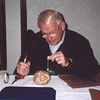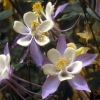Can you tell the difference between the corals and the plants? Look closely!
Click on image for full size
Windows Original, adapted from Corel Photography
Cnidarians
Cnidarians are a special type of sea animal. All cnidarians have little stinging cells. Jellyfish, corals and anemones are all cnidarians.
Corals look like plants, but are really animals. There are hard and soft corals. The hard ones live together to form reefs. Lots of animals live in the reefs.
Jellyfish are different because they can move around. Corals stay in one spot. Jellyfish are very pretty. They have a round, soft top with long arms called tentacles. Be careful! If they sting, they hurt!
You might also be interested in:
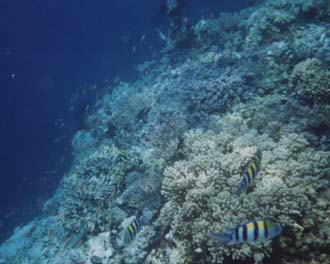
Scientists say that some coral reefs started to become healthier during 2002, even after they have been damaged for many years. The reefs that are getting healthier are in places that are protected from
...more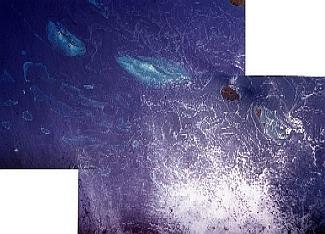
Look at this picture! The light blue parts are coral reefs just under the water’s surface. How many reefs do you see? The crew of the International Space Station (ISS) took this picture while looking
...more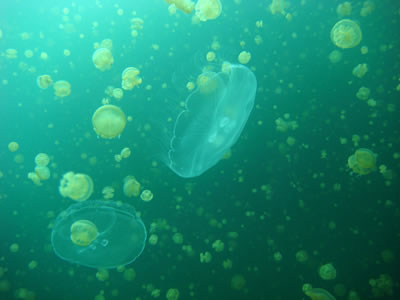
Parts of the ocean are filling up with swarms of stinging jellyfish and jellyfish-like animals. Areas that are hard-hit by jellyfish include Hawaii, the Gulf of Mexico, the east coast of the U.S., the
...more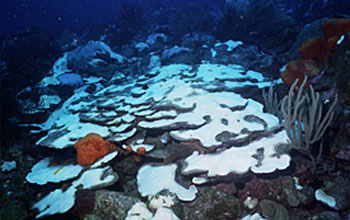
The Caribbean Sea is usually warm. But it was much warmer than normal in 2005. The heat made corals less healthy. Scientists say that a tiny type of algae helped some corals to survive. Corals and the
...more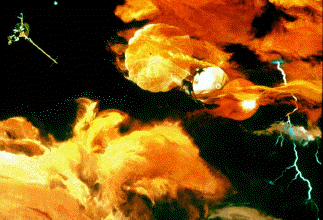
Jupiter's atmospheric environment is one of powerful winds, going 250 miles per hour, and temperatures from -270 degrees to +32 degrees (freezing temperature). These winds make it hard for life forms to
...more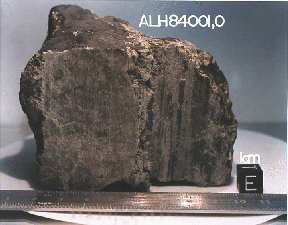
In July, 1996 a team of scientists said that they had discovered possible fossils of bacteria in a meteorite named ALH84001 that came from Mars. It was found in Antarctica in 1984 after having landed there
...more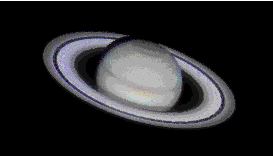
Saturn's atmospheric environment is one of powerful winds, going 250 miles per hour, and temperatures from -270 degrees to +80 degrees. With winds like these, it is hard to have peace and quiet. The region
...more


